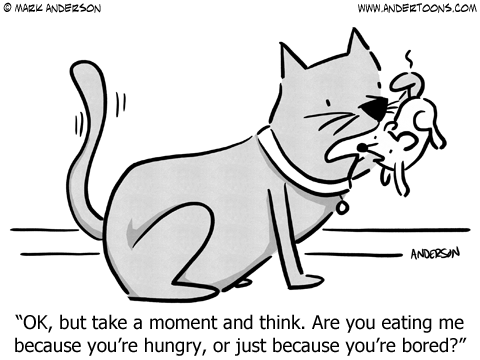I recently had the privilege of participating in the Brownfields
Grant Health Education Series at the Flagler County Free Clinic. I was tasked to talk about the importance of
portion control. The issue of portion
control has been widely addressed in the media.
So why is portion control important?
Why is there so much talk about obesity?
 There continues to
be an epidemic of obesity in the United States.
Currently 34.9% or 78.6 million of U.S. adults are obese. Obesity is a
problem because it increases risk of chronic disease to include heart disease,
stroke, type 2 diabetes and certain types of cancer. Obesity also increases the risk of sudden
cardiac death.
There continues to
be an epidemic of obesity in the United States.
Currently 34.9% or 78.6 million of U.S. adults are obese. Obesity is a
problem because it increases risk of chronic disease to include heart disease,
stroke, type 2 diabetes and certain types of cancer. Obesity also increases the risk of sudden
cardiac death.
Obesity affects
our economy. The annual medical cost of
obesity in the U.S. was $147 billion in 2008.
The medical costs for people who are obese were $1,429 higher than those
at a healthy weight.
Obesity affects our
children. Seventeen percent of children
in the United States are obese. During my years as the Primary Care Nurse
Practitioner at the Department of Health, Flagler, I personally observed the effects of obesity in children. Obese youth are more likely to have high cholesterol, high blood pressure and pre-diabetes. Obese children are at greater risk for bone and joint problems, sleep apnea, and social and psychological problems.
How does portion
size affect the incidence of obesity?
Large portion
sizes contribute to obesity because they have more calories. Having a large portion in front of you
encourages overeating and many people actually underestimate the amounts they
consume.
What is a
portion?
A Portion is the
amount of food you actually eat. This is
different from a serving size which is the recommended
amount of a food to eat according to the US Department of Agriculture (USDA).
Portion sizes have grown drastically over the past 30
to 50 years in what is referred to as “portion distortion”. Many portions of common foods have doubled
even tripled in size. In fact some
restaurants serve up to 8 times the recommended serving size from the USDA.
How are we able to eat so much?
The average person has a stomach that is the size of
his/her fist. It can expand up to 10
times its original size to accommodate food.
The stomach expands to allow more calories than necessary. Extra calories are stored as fat. This is a survival mechanism to endure times
of famine.
Fortunately most of us will never experience
famine. In fact we live in a society
that offers an overabundance of food.
Yet, we have the ability to store excess energy. Over time, this has contributed to the
obesity epidemic.
How can we control portion size?
Here are Top 10 Tips for portion control:
1.
Use smaller
plates- Studies have
shown that people served food on a larger plate will consume up to 10%
more food than those with a smaller plate.
- People who eat from a larger plate also underestimate the amount of food eaten
2.
Minimize
second or third helpings
·
I usually challenge my weight control clients to
eat at least 1 cup of vegetables prior to returning for a second portion.
3.
Eat slowly
- It takes the
brain a certain amount of time of perceive fullness. Eating slowly allows the brain to
properly sense the amount of food needed.
4. Do not eat in
front of the tv
- Statistically
those who eat in front of the tv consume more calories than those who do
not.
- If you must
eat while watching television, put the amount of food you want to eat in
a separate bowl or container rather than eat straight from the bag.
5. Eat Healthy
Snacks
- By eating
healthy snacks, you can control your hunger.
- When a
person becomes ravenous, they often overindulge on an unhealthy item.
- Many
prepackaged foods contain more than 1 serving.
7. Eat lots of
high fiber low calorie foods
- Vegetables!
- Fiber helps control your appetite and regulate blood sugar.
8. Drink Water
- Drinking
water before a meal helps fill you up so you eat less food (but still
feel satisfied)
- Water
consumption aids in the digestive process and contributes to a healthy
metabolism.
9. Eat a
broth-based soup before the meal
- Research has
shown that having a cup of low calorie broth-based soup before the meal
decreases overall calorie consumption by as much as 20%.
- Many soups are low calorie and filled with vegetables.
10. Be mindful
- The first
step toward healthy eating is awareness.
- Here’s a great article: http://amihungry.com/what-is-mindful-eating/
So go out there and eat the right amounts of the right things.
Here's to you health!





